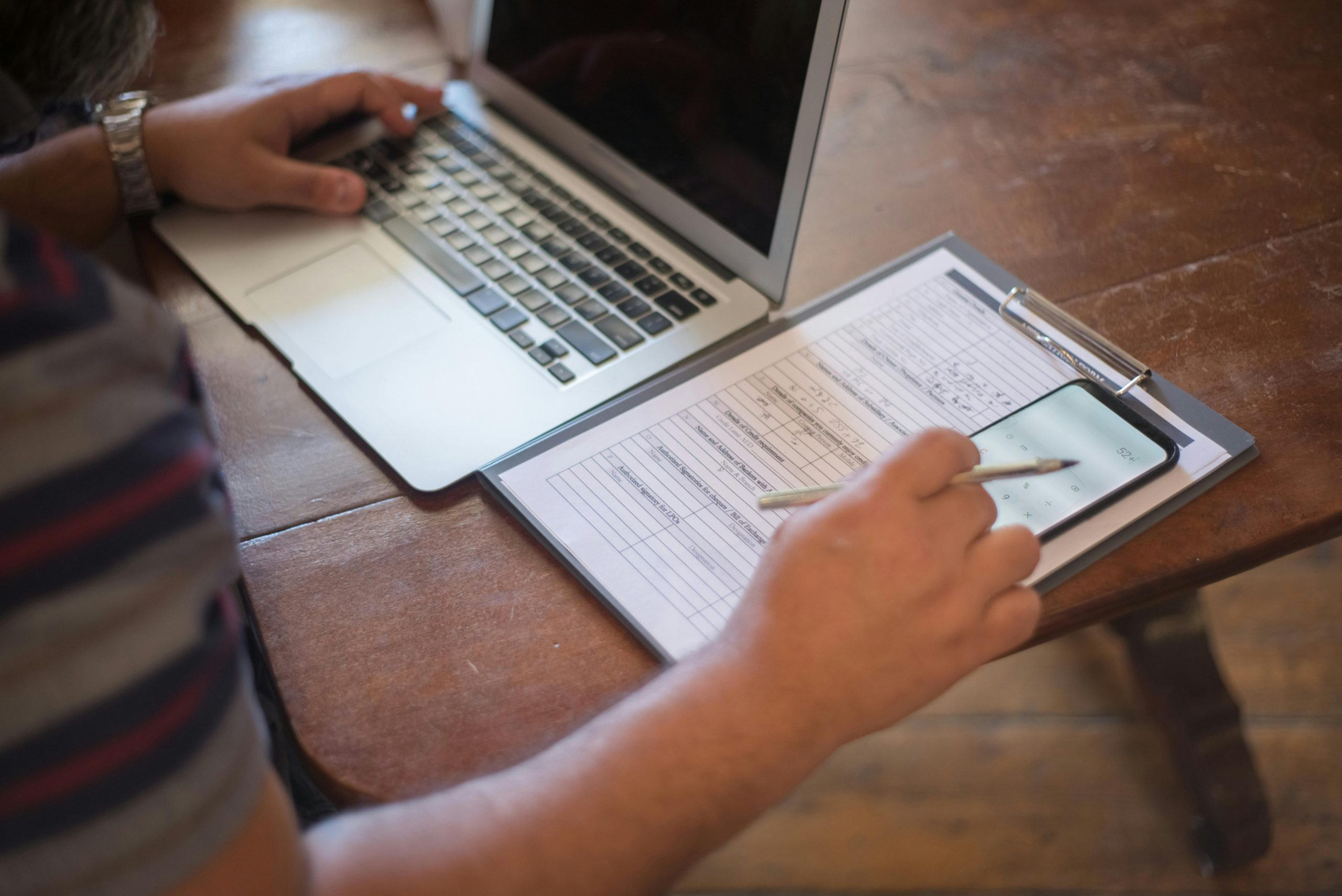Simple Methods for Backing Up All Your Precious Digital Data
In today’s digital age, we rely heavily on technology to store and manage our precious data. From family photos and important documents to work files and personal videos, our digital data is an essential part of our lives. However, with the increasing threat of cyber attacks, computer crashes, and other unforeseen disasters, it’s crucial to have a backup plan in place to protect our valuable digital information. In this article, we will discuss some simple methods for backing up all your precious digital data, ensuring that you never have to worry about permanent data loss again. 
Why Backing up Your Digital Data is Important
Before we dive into the different methods of backing up your digital data, let’s first understand why it’s such a crucial step in today’s world. Losing your digital data can lead to severe consequences, both personally and professionally. Imagine losing all your photos from your last family vacation or your important work files right before a crucial deadline. From financial loss to emotional distress, data loss can cause significant damage. That’s why it’s essential to have a backup plan in place to protect your digital assets.
Method 1: External Hard Drives
One of the most popular and reliable methods of backing up your data is by using an external hard drive. These hard drives offer a significant amount of storage space and are relatively inexpensive. You can easily connect an external hard drive to your computer and transfer your important files to it. In case of any data loss, you can retrieve your data from the external hard drive. However, it’s important to keep in mind that even external hard drives are vulnerable to damage and can fail over time. It’s recommended to have multiple external hard drives and to regularly update your backups to ensure the safety of your data.
Method 2: Cloud Storage
Another popular and convenient method of backing up your data is by using cloud storage services. With cloud storage, you can store your data on a remote server, making it accessible from any device with an internet connection. Cloud storage offers a significant advantage when it comes to data recovery, as your data is stored offsite and is not at risk of being damaged by physical disasters like floods or fires. There are various cloud storage services available in the market, such as Google Drive, Dropbox, and OneDrive, to name a few. Most of these services offer a limited amount of free storage and paid plans for larger storage needs.
Method 3: Network-Attached Storage (NAS)
Network-Attached Storage (NAS) is a slightly more advanced method of backing up your data. It involves connecting a storage device to your home network, allowing multiple devices to access and backup data to it. NAS devices come with various features, such as data encryption and remote access, making it a secure and convenient option for backing up your data. However, NAS devices can be quite expensive, and setting them up might require some technical knowledge.
Method 4: Online Backup Services
If you’re looking for a hassle-free and automated way of backing up your data, then online backup services are the way to go. These services offer continuous and automatic backups of your data, ensuring that you never have to worry about manually updating your backups. Online backup services use features such as versioning, which allows you to keep multiple versions of a file, making it easier to retrieve a specific version if needed. However, these services often come with a subscription fee, and the amount of storage available can be limited.
Tips for Securing Your Backups
1. Encrypt Your Data
No matter which method you choose for backing up your data, it’s essential to add an extra layer of security by encrypting your backups. Encryption ensures that even if your backup storage is compromised, your data remains protected and inaccessible to unauthorized users.
2. Regularly Test Your Backups
It’s crucial to regularly test your backups to ensure that your data is being backed up correctly and can be restored if needed. It’s also recommended to test your backups after any significant changes to your data or backup settings.
3. Keep Your Backups in Multiple Locations
Disaster can strike at any time, and if your backup storage is in the same location as your primary data, it’s at risk of being damaged or lost as well. It’s always a good idea to keep backups in more than one location to protect against unforeseen events.
In conclusion, backing up your digital data is not a task that should be taken lightly. With the advancements in technology, there are various simple and inexpensive methods available for securing your data. Take the time to assess your backup needs and choose a method that suits you best, keeping in mind the essential tips for securing your backups. By following these simple methods, you can ensure the safety of your precious digital data and have peace of mind knowing that you’re adequately prepared for any data loss situation.











